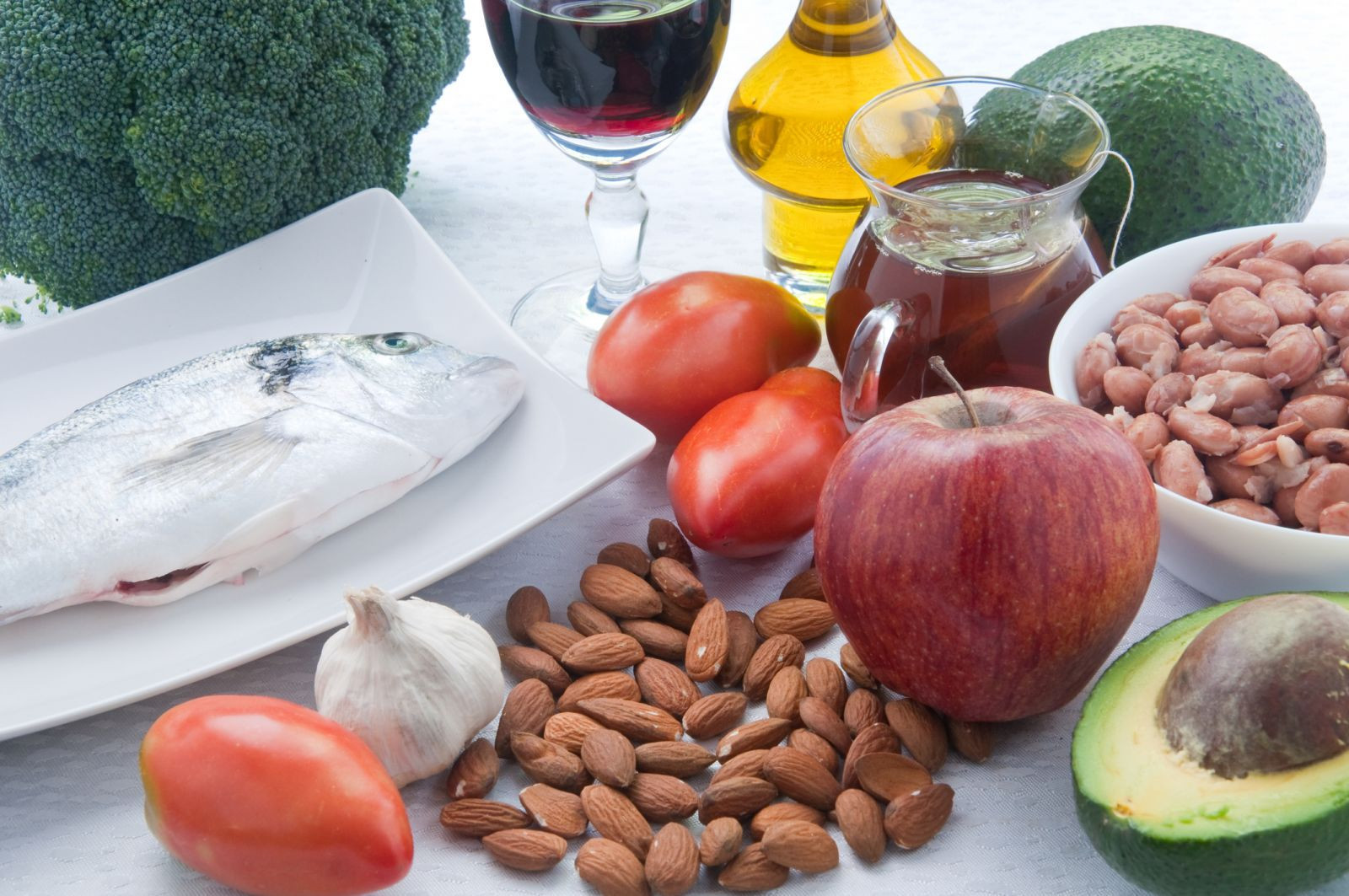Dietary changes are a powerful tool to manage high cholesterol and improve the balance of fats in your bloodstream. Incorporating specific foods known to lower LDL cholesterol, the harmful type that contributes to plaque buildup in arteries (atherosclerosis), is a crucial step in adopting a cholesterol-lowering diet.
Top Foods to Incorporate into Your Diet to Lower LDL Cholesterol
Different food groups contribute to cholesterol reduction through various mechanisms. Some are rich in soluble fiber, which binds with cholesterol and its precursors in the digestive system, facilitating their removal from the body before they enter circulation. Others provide polyunsaturated fats, which directly help lower LDL levels. Additionally, plant sterols and stanols found in certain foods can block the absorption of cholesterol in the body.
1. Oatmeal
Starting your day with a warm bowl of oatmeal or a cold oat-based cereal like Cheerios is a simple yet effective way to begin lowering your cholesterol. A serving provides 1 to 2 grams of soluble fiber. Enhance the cholesterol-lowering power by adding a banana or some strawberries for an extra half gram of soluble fiber. Current nutritional guidelines recommend a daily intake of 20 to 35 grams of fiber, with 5 to 10 grams specifically from soluble fiber. Unfortunately, the average person often consumes only about half of the recommended amount.
2. Whole Grains like Barley
Similar to oats and oat bran, barley and other whole grains are beneficial in reducing heart disease risk, primarily due to their soluble fiber content. Expanding your intake of whole grains is a heart-healthy strategy for managing cholesterol.
3. Beans: A Fiber Powerhouse
Beans stand out as an exceptionally rich source of soluble fiber. Their slow digestion also contributes to prolonged satiety after meals, making them a valuable food for weight management. The versatility of beans is remarkable, with numerous varieties available, from navy and kidney beans to lentils, chickpeas, and black-eyed peas, and countless delicious ways to prepare them.
4. Eggplant and Okra: Low-Calorie, High-Fiber Vegetables
These two low-calorie vegetables are excellent sources of soluble fiber. Adding eggplant and okra to your diet is a flavorful way to boost your fiber intake and support healthy cholesterol levels.
5. Nuts for Heart Health
Numerous studies have demonstrated the heart-healthy benefits of nuts like almonds, walnuts, and peanuts. Consuming about 2 ounces of nuts daily can lead to a modest reduction in LDL cholesterol, approximately 5%. Beyond cholesterol lowering, nuts offer a range of nutrients that contribute to overall heart protection.
 Close-up of assorted nuts including almonds, walnuts, and peanuts, showcasing healthy fats and fiber for cholesterol management.
Close-up of assorted nuts including almonds, walnuts, and peanuts, showcasing healthy fats and fiber for cholesterol management.
6. Vegetable Oils: Healthy Fat Swaps
Incorporating liquid vegetable oils such as canola, sunflower, or safflower oil in place of butter, lard, or shortening during cooking and at the table is an effective way to lower LDL cholesterol. These oils provide healthier unsaturated fats that support better cholesterol profiles.
7. Fruits Rich in Pectin: Apples, Grapes, Berries, Citrus
Fruits like apples, grapes, strawberries, and citrus fruits are abundant in pectin, a type of soluble fiber known to lower LDL cholesterol. Enjoying a variety of these fruits is a delicious way to support healthy cholesterol levels.
8. Foods Fortified with Sterols and Stanols
Plant sterols and stanols, extracted from plants, interfere with the body’s ability to absorb cholesterol from food. Many food manufacturers are now adding these compounds to products like margarine, granola bars, orange juice, and even chocolate. They are also available as dietary supplements. Consuming 2 grams of plant sterols or stanols daily can effectively reduce LDL cholesterol by approximately 10%.
9. Soy Foods: A Moderate Cholesterol Reducer
Soybeans and soy-based products such as tofu and soy milk were once highly praised for their cholesterol-lowering capabilities. While research indicates the effect is more moderate, consuming around 25 grams of soy protein daily (equivalent to 10 ounces of tofu or 2 1/2 cups of soy milk) can still lead to a 5% to 6% reduction in LDL cholesterol.
10. Fatty Fish: Omega-3 Power for LDL Reduction
Incorporating fatty fish into your diet two to three times per week can lower LDL cholesterol through two mechanisms. Firstly, it replaces meat, which is often higher in saturated fats that can elevate LDL. Secondly, fatty fish provides omega-3 fatty acids, known to lower LDL. Omega-3s also contribute to heart health by reducing triglycerides in the bloodstream and helping to prevent irregular heart rhythms.
11. Fiber Supplements: A Less Palatable Option
While fiber supplements offer a way to increase soluble fiber intake, they are generally considered the least appealing method. Two teaspoons of psyllium, found in Metamucil and other bulk-forming laxatives, provide about 4 grams of soluble fiber.
Building a Cholesterol-Lowering Diet Portfolio
When it comes to managing cholesterol through diet, a diversified approach is most effective. Just as financial experts recommend a diverse investment portfolio, incorporating a variety of cholesterol-lowering foods that work through different mechanisms is more beneficial than relying on just one or two.
A predominantly vegetarian “dietary portfolio of cholesterol-lowering foods” has been shown to significantly reduce LDL, triglycerides, and blood pressure. Key components of such a diet include abundant fruits and vegetables, whole grains instead of refined grains, and plant-based protein sources. Additional beneficial elements are margarine enriched with plant sterols, oats, barley, psyllium, okra, and eggplant for soluble fiber, soy protein, and whole almonds.
Transitioning to a cholesterol-lowering diet requires more conscious effort than simply taking a daily statin. It involves expanding your grocery shopping list, exploring new foods, and adapting to different textures and flavors. However, this “natural” approach to cholesterol management avoids the potential muscle problems and other side effects associated with statin medications for some individuals.
Importantly, a diet rich in fruits, vegetables, beans, and nuts offers broader health benefits beyond cholesterol reduction. It contributes to maintaining healthy blood pressure, promoting artery flexibility and responsiveness, and supporting bone health, digestive health, vision, and mental well-being.
For more detailed information, explore “How to Lower Your Cholesterol Without Drugs.”


